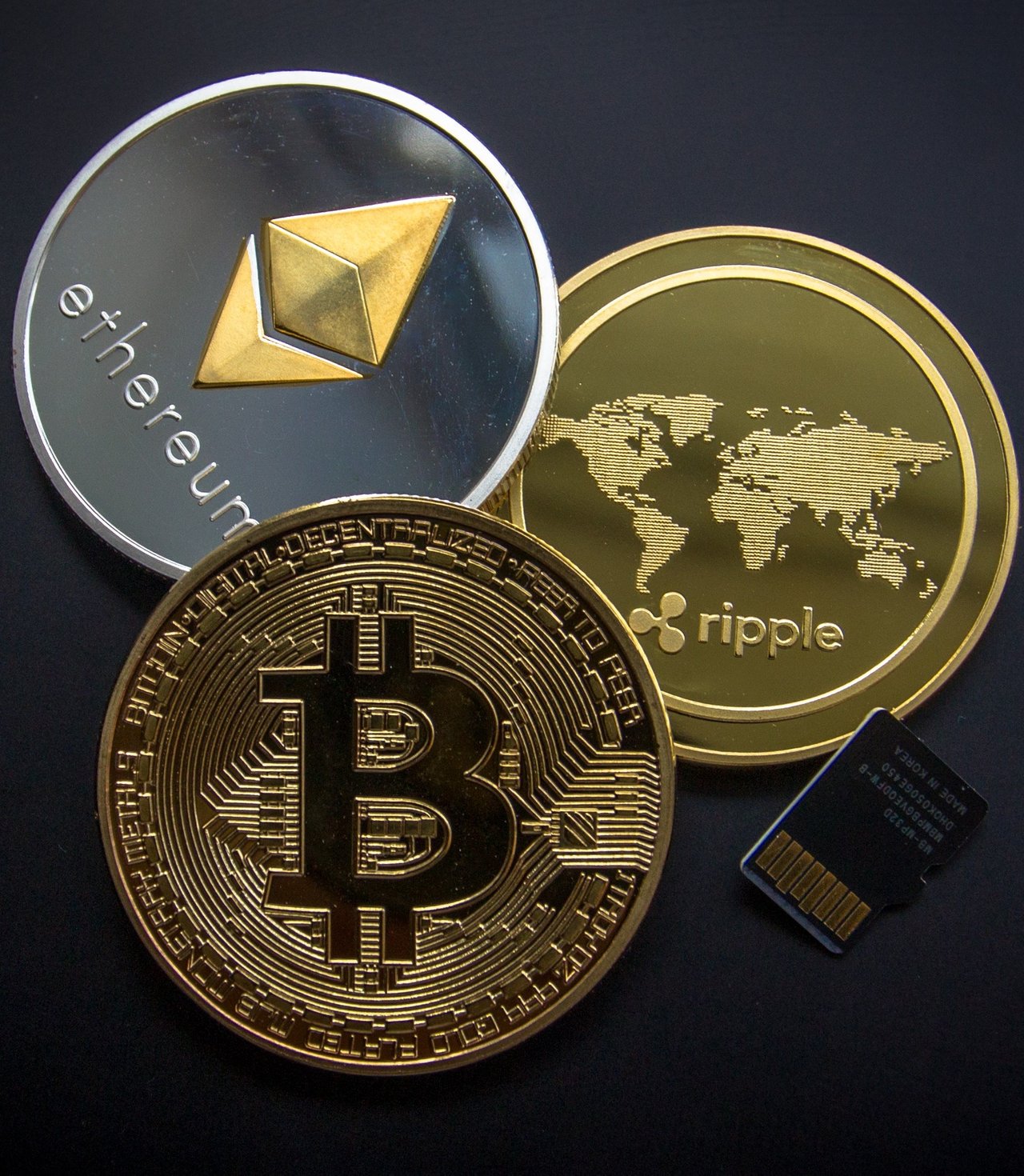
Use your own understanding to explain what are stablecoins? And how did you manage to ensure a stable price? |
|---|
Stablecoins are a type of cryptocurrency that are designed to maintain a stable price by tracking the value of an underlying asset. This means that the price of a stablecoin is pegged to the price of a traditional asset like a fiat currency, precious metal or even another cryptocurrency. Stablecoins were created to address one of the biggest concerns with traditional cryptocurrencies - their high volatility.
As someone who has been following the cryptocurrency market for a while now, I have seen firsthand how unstable the prices of many cryptocurrencies can be. It's not uncommon for the value of a cryptocurrency to fluctuate wildly in a matter of hours or even minutes. This can make it difficult for people to use cryptocurrencies as a reliable medium of exchange or store of value.Stablecoins help to solve this problem by providing a more stable alternative. They do this by using a variety of mechanisms to maintain a stable price. For example, some stablecoins use a reserve system where the issuing company holds a reserve of the underlying asset that backs the stablecoin. Others use algorithms that adjust the supply of the stablecoin based on changes in demand, which helps to maintain a stable price.
Personally, I think stablecoins are a great innovation in the world of cryptocurrencies. They offer the benefits of a decentralized currency while also providing a level of price stability that traditional cryptocurrencies lack. I believe that as more people become aware of stablecoins and their benefits, they will become an increasingly popular choice for people who want to use cryptocurrencies for everyday transactions.
Why were stablecoins created and how are they useful? |
|---|
Stablecoins were created to solve one of the biggest problems with traditional cryptocurrencies - their high volatility. The prices of cryptocurrencies like Bitcoin and Ethereum can fluctuate wildly in a matter of hours or even minutes, which makes them a less reliable option for everyday transactions. Stablecoins were designed to provide a more stable alternative by maintaining a fixed price that is pegged to the value of an underlying asset.
- In my opinion, Stablecoins offer price stability that traditional cryptocurrencies lack, making them a more reliable option for everyday transactions.
- They can be used for international remittances and e-commerce transactions, where a fixed amount in the local currency is needed.
- Stablecoins provide a bridge between traditional finance and cryptocurrencies because they are pegged to the value of traditional assets.
- They are more easily understood and accepted by mainstream financial institutions, which makes them a potential tool for exchanging value between traditional financial systems and the decentralized world of cryptocurrencies.
What are the most popular stablecoins? Which do you use more and why? |
|---|
Personally, I tend to use Tether (USDT) more often due to its wide acceptance and liquidity across different cryptocurrency exchanges. Additionally, it has a fixed value of 1 USD, making it easier for me to transact and manage my finances. However, I also use USD Coin (USDC) and Dai (DAI) on occasion, as they are also reliable and stable options with a similar fixed values.
Ultimately, the choice of stablecoin to use depends on individual preferences and needs. It's essential to research and understand the features and functionalities of different stablecoins to make an informed decision.
Can stablecoins lose their stability? If the answer is yes, then cite some cases with an explanation of the reasons for that. |
|---|
Another instance of stablecoin instability occurred in March 2020 when the price of MakerDAO's DAI stablecoin fell below its peg to the US dollar. This was due to a drop in the value of Ethereum (ETH), which MakerDAO uses as collateral for its stablecoin. As a result, the value of DAI also decreased, which raised concerns about its stability, causing some exchanges to temporarily stop trading it.
These cases demonstrate that stablecoins can lose their stability in certain circumstances, such as inadequate reserves or market fluctuations affecting the value of underlying assets. However, reliable issuers typically take steps to ensure that their stablecoins remain stable and trustworthy.
What are the advantages and disadvantages of stablecoins compared to traditional cryptocurrencies? |
|---|
Stablecoins have several advantages over traditional cryptocurrencies. Firstly, they offer a level of price stability that traditional cryptocurrencies lack, which makes them a more reliable option for everyday transactions. Additionally, stablecoins can be used for e-commerce transactions where merchants need to have confidence in the value of the currency they are accepting as payment.
Advantage:
Another advantage of stablecoins is their potential to provide a bridge between traditional finance and the world of cryptocurrencies. Because stablecoins are pegged to the value of traditional assets, they are more easily understood and accepted by mainstream financial institutions. This means that stablecoins can potentially be used to facilitate the exchange of value between traditional financial systems and the decentralized world of cryptocurrencies.
Disadvantages:
However, stablecoins also have some disadvantages. One of the biggest risks is that they are only as stable as the assets they are pegged to. If the underlying asset loses value or becomes illiquid, the stablecoin can also lose its stability. Additionally, the centralized nature of some stablecoins means that they are not as decentralized or trustless as traditional cryptocurrencies, which goes against the founding principles of blockchain technology.
Overall
stablecoins offer a useful alternative to traditional cryptocurrencies, particularly in terms of price stability and the potential for bridging the gap between traditional finance and the world of cryptocurrencies. However, they also have their limitations and risks that should be considered before investing in or using them.
Hey everyone! I just wanted to invite you to join me in the Steemit Engagement Challenge. It's a great way to interact with other users on the platform and earn rewards for your engagement. Plus, the latest challenge from the Steemit Crypto Academy is all about stablecoins, and I think it would be really interesting for us to participate and learn more about this topic. I've already tagged my friends @zahidmarwat, @abyousafzai, and @hamzaarhann to join me in the challenge, so why not join us too? Looking forward to seeing your posts and interactions!"





